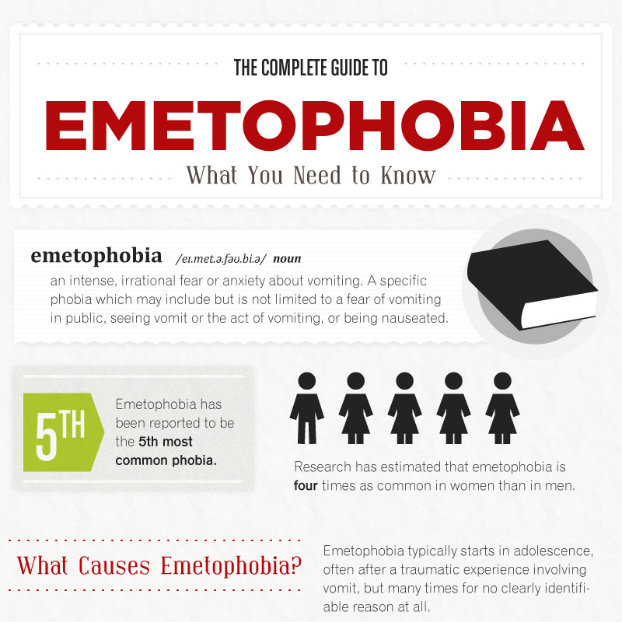 Did you know that you could improve your anxiety symptoms by intentionally expressing more gratitude in your everyday life? By stopping to appreciate a few small aspects of your day, and then somehow expressing the gratitude that you feel, you can retrain your brain to sift through the cloud of anxious thoughts to find the positive in any given situation.
Did you know that you could improve your anxiety symptoms by intentionally expressing more gratitude in your everyday life? By stopping to appreciate a few small aspects of your day, and then somehow expressing the gratitude that you feel, you can retrain your brain to sift through the cloud of anxious thoughts to find the positive in any given situation.
For someone with emetophobia, or another anxiety disorder, inner dialogue can often be overwhelmingly negative. All of the worrying, what-ifs, and symptom-checking can quickly take over the thought process. Practicing gratitude can quickly transform negative thinking into positive, and is a powerful reminder of all of the little things in life that have the potential to instill happiness.
Easy ways to incorporate gratitude into your daily routine
Starting with just a few minutes a day, you can begin to change your thought patterns. Try incorporating one or more of the following exercises into your daily routine. Choosing the same time every day will help ensure that this practice becomes habitual.
Reflection
Lie down, close your eyes, and then focus your attention on your heart. Place your hand on your chest and imagine that your heart is radiating warmth. Focus on something that you are grateful for. Imagine your heart growing warmer and you focus on your appreciation for this person, memory, event, etc… Stay with this feeling for as long as time allows.
Giving Thanks
Whether you are religious or not, sitting down to a meal can serve as a wonderful cue to give thanks. Reflect on all of the work that it took to get that meal to your table and say a silent thank you to all of the parties involved. Even if you are eating something as bland as rice and carrots, a lot of people had a hand in the process (rice harvesters, gardeners, truck drivers, grocers, etc.).
Showing Appreciation
Verbally showing appreciation to others is a wonderful way to remind yourself of all that you are thankful for. Although it is common place to say “thank you”, a little extra effort can go a long way at reinforcing the effort that someone has taken. Taking the time to look someone in the eyes while letting them know what specifically you are thankful for(example: “I really appreciate you taking the time to bring me a glass of water”) will go a long towards strengthening your gratitude practice.
Making a List
Schedule some time each day to sit down and write for 5-10 minutes. Look back on the last 24 hours and write down at least three things that you are grateful for (example: 1. It was sunny and clear on the walk to work this morning. 2. I was able to fall asleep quickly last night and woke up feeling refreshed. 3. My friend let me borrow a book that I have been wanting to read.). After you have written these things down, go back and spend a minute or two really thinking about each one and how it made you feel at the time and how it makes you feel now. Consider keeping all of your lists in the same notebook so that you can revisit them if you are feeling negative.





